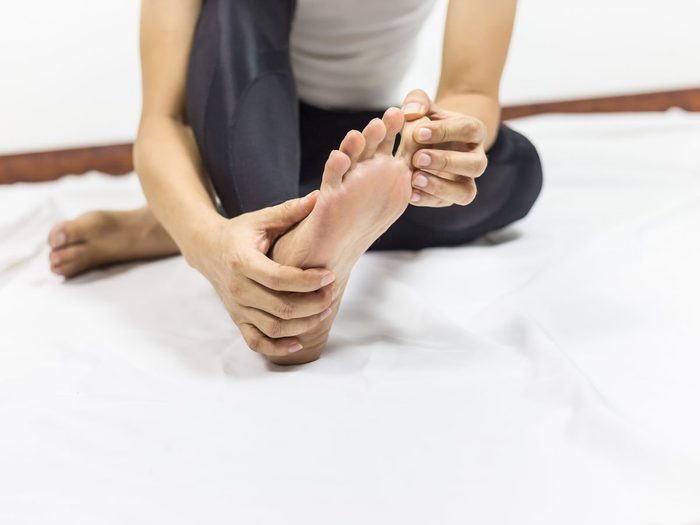
What’s going on with my toe?
Ingrown toenails, medically described as onychocryptosis, is a fairly frequent complaint. This condition occurs when the sides of the nail grow into the surrounding skin—either due to a mismatch in the size of the nail and the size of the nail bed (the nail is too big for its bed), or due to poor trimming/clipping practices, says Chris G. Adigun, MD, board-certified dermatologist and nail specialist at Dermatology & Laser Center of Chapel Hill. “When the nail grows and pierces the skin, it causes an inflammatory response leading to redness, swelling, and pain,” she says, noting that an ingrown toenail most commonly occurs on the big toe.
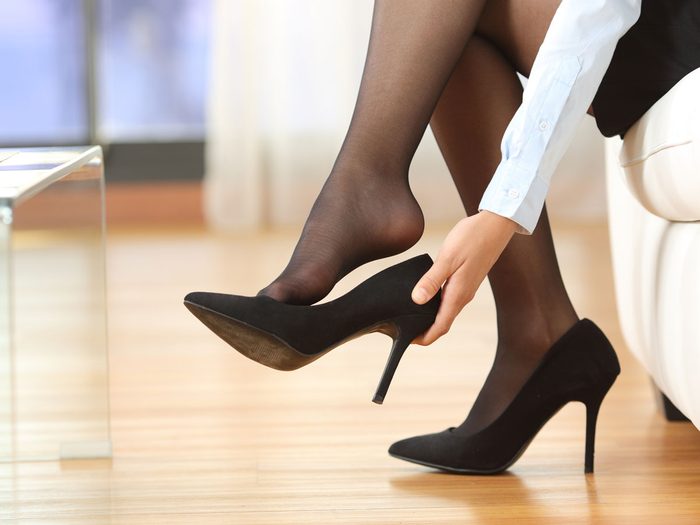
Top causes of ingrown toenails
“Improper clipping of the sides of the nails and poorly fitting shoes are the most common causes of onychocryptosis, but it can occur in childhood as a congenital condition,” says Dr. Adigun. But there are other causes for ingrown toenails. “The configuration of the nail borders on some people’s toes are significantly curved inward and as such, the nail has a predisposition to becoming ingrown,” says Mark Hinkes, a doctor of podiatric medicine at Veterans Affairs Medical Center in Nashville, Tennessee, who is board-certified in foot surgery and wound care. “In this situation, the person is confronted with the nail borders being tender and just about to become ingrown.” This situation makes wearing closed shoes painful and can cause functional disability, preventing people from perusing their normal activities.
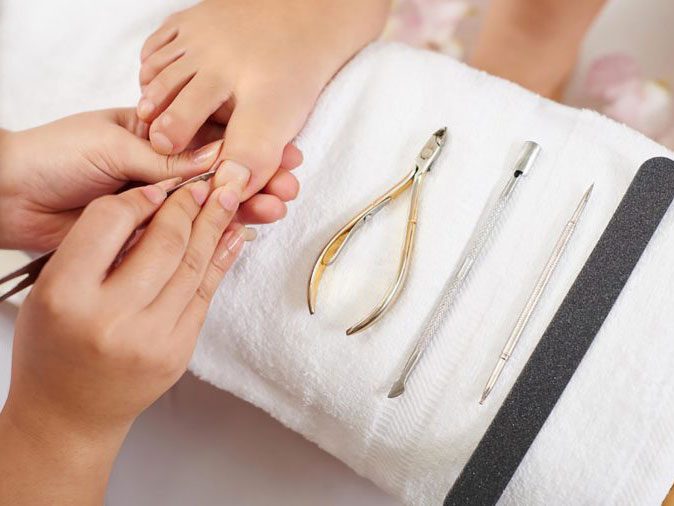
Prevention is key
The best way to prevent an ingrown nail is to use proper grooming techniques. “Cutting the free edge of the nail in a slightly curved shape and leaving the nails long are essential,” Dr. Adigun notes. If you’re going to a salon for a pedicure, make sure you’re going to a good place. “Use of inappropriate and non-sterile instruments like razor blades or scissors combined with poor lighting and poor eye-hand coordination can result in the nail being trimmed improperly, resulting in an ingrown toenail,” says Hinkes.
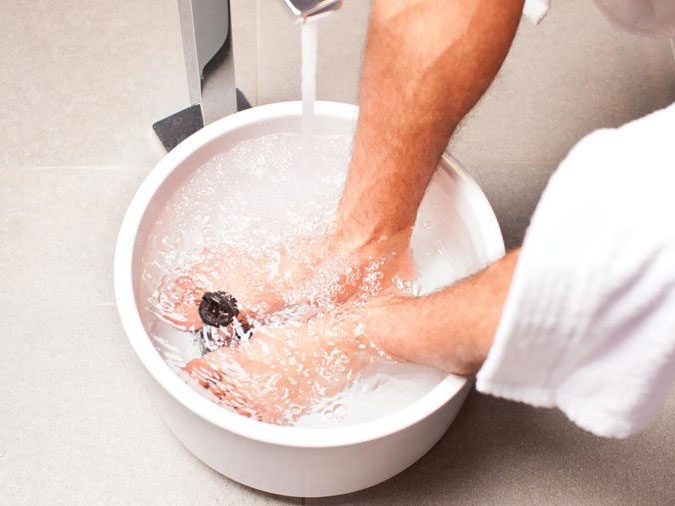
Home remedies
Soaking the nails in warm salt water or just warm water can relieve discomfort caused by ingrown nails, especially if there is swelling involved, notes Dr. Adigun. Additionally, the taping method can successfully treat ingrown toenails without medical intervention. Dr. Adigun explains: “A piece of tape is applied to the side of the skin with the ingrown nail, and then wrapped behind the toe onto the opposite side of the same toe. The tape pulls the skin away from the painful nail.” That’s just one of numerous home health remedies that really work.
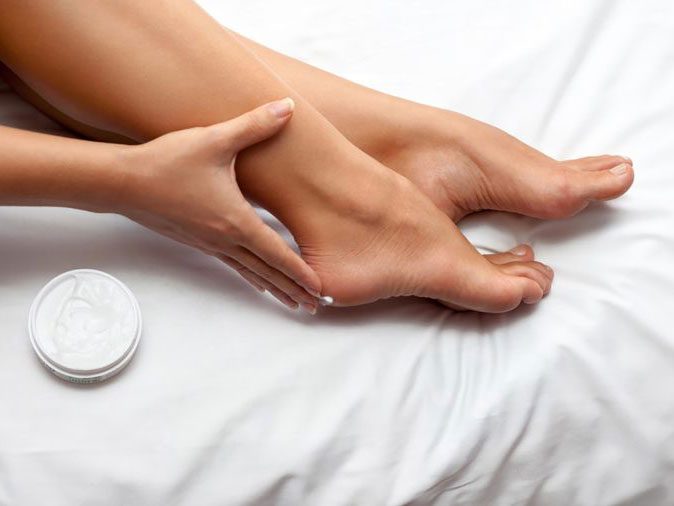
OTC meds
Many people elect to try over-the-counter medications. “These products usually contain salicylic acid, a chemical that destroys human tissue painlessly. On a temporary basis, using medications like this may relieve the symptoms of the problem, but it will not eliminate the problem,” says Hinkes. People with diabetes or peripheral vascular disease should not use these products as the acid can be a trigger for chemical trauma, resulting in an ulcer that risks infection. (Check out these subtle signs of disease your feet can reveal.)
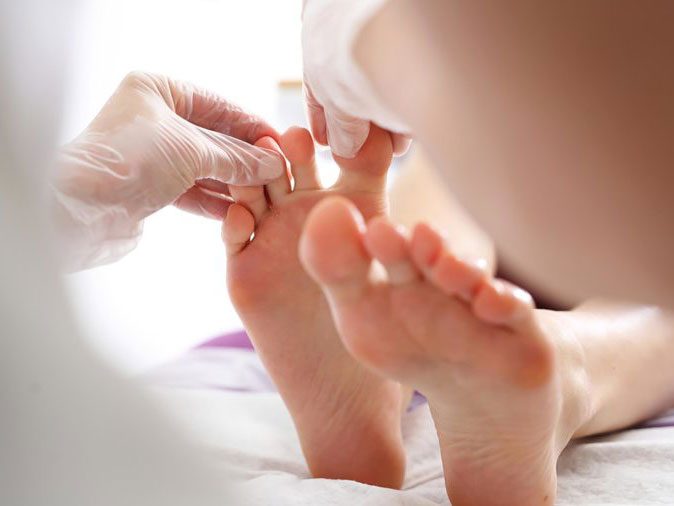
Avoid making it worse
“I do not recommend additional trimming of the nail in an attempt to alleviate discomfort,” says Dr. Adigun. Instead, it is essential to keep the inflamed skin as far away from the nail as possible, and this often requires a visit to the doctor to assist.
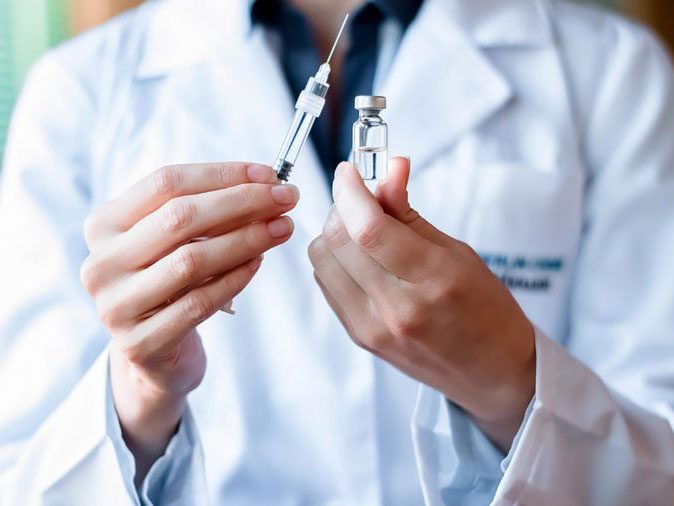
Medical attention
Depending on the infection, you might require antibiotics, notes Dr. Adigun. You should make an appointment with your primary care physician, dermatologist, or podiatrist. “Anti-inflammatory medication available in topical and injectable forms can significantly improve ingrown nails,” she says. If you have thick yellow drainage or systemic symptoms such as a fever or chills, seek care immediately. Make sure you know the signs that a wound might be infected.
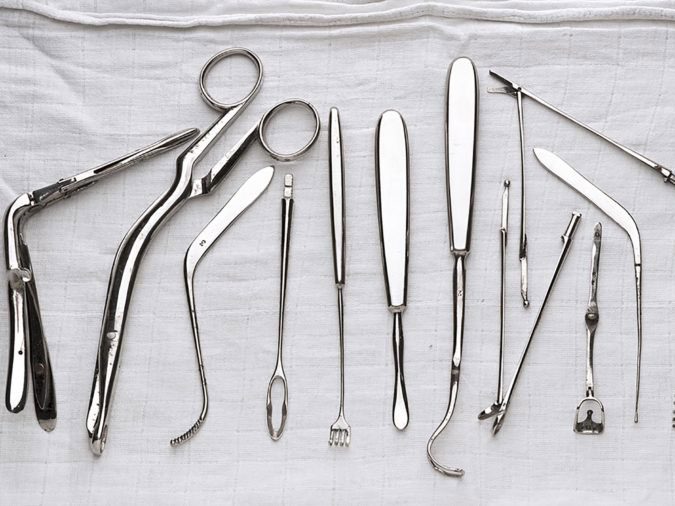
Will I need surgery?
Experts debate whether surgery is necessary. “Surgery is not a first-line treatment for ingrown nails,” says Dr. Adigun. “Once a nail is operated on, it may never grow back the same.” However, Hinkes notes that podiatrists use surgical techniques to permanently resolve the problem. One technique is called the phenol-alcohol technique or the P&A procedure. “The procedure was developed in the 1960s and is acceptable for diabetic patients. This procedure is done in the office under local anesthesia. Once the toe is numb, a tourniquet is applied to the toe to prevent bleeding, and a portion of the side of the nail that is ingrown is removed, thus providing access to the nail root or Matrix cells. These specialized cells are bathed with 88 percent carbolic acid (phenol), destroying them and eliminating the problem.”
Now that you know how to get rid of an ingrown toenail, make sure you know these foot and toenail fungus treatments you can make at home.
